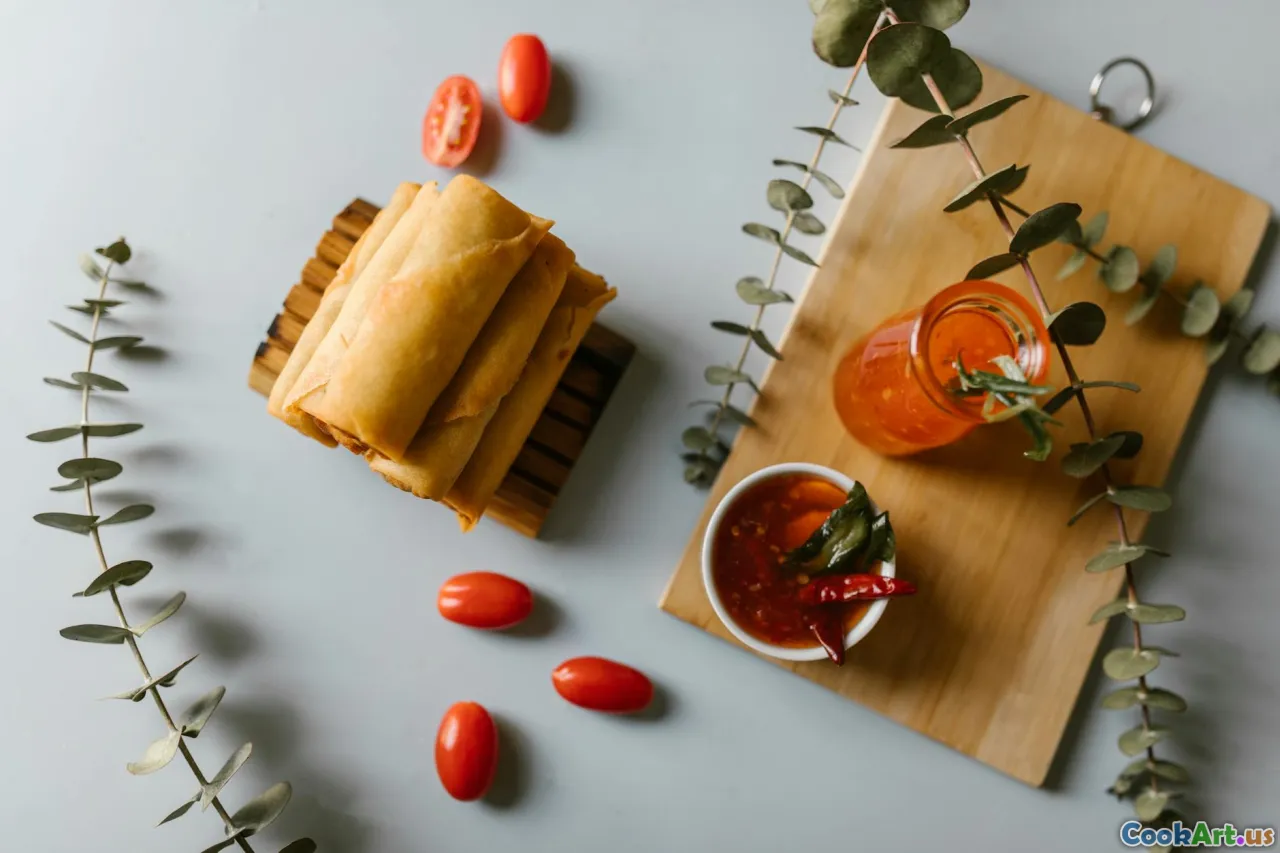World on a Plate
7 min read Explore innovative fusion recipes that celebrate global flavors and culinary traditions, bringing the world to your plate. April 13, 2025 12:00
World on a Plate
In our rapidly globalizing world, food serves as a bridge between cultures, inviting us to explore, taste, and connect. The concept of 'World on a Plate' embodies the rich tapestry of global cuisines, where traditional recipes meet modern twists and local ingredients mingle with exotic flavors. This article delves into the realm of creative and fusion recipes, inviting you to embark on a culinary adventure that transcends borders.
The Essence of Fusion Cuisine
Fusion cuisine is more than just combining ingredients from various cultures; it’s about storytelling through flavors. It draws on the heritage of culinary practices while allowing chefs and home cooks alike to experiment and innovate. For instance, consider the popular sushi burrito that marries the Japanese sushi tradition with the convenience of a burrito, making it a perfect on-the-go meal.
Historical Context of Fusion
Historically, food fusion has roots in trade and migration. As spices, ingredients, and cooking techniques traveled along trade routes, they transformed local cuisines. The spice trade introduced new flavors to Europe, while the Columbian Exchange reshaped global diets by exchanging crops like tomatoes, potatoes, and chili peppers between the Old and New Worlds. Each interaction has led to new culinary delights, making fusion an intrinsic part of our food history.
Creative Fusion Recipes to Try
Here are some scrumptious fusion recipes that you can easily recreate at home, each bringing the world to your plate:
1. Tandoori Chicken Tacos
Ingredients:
- Tandoori marinated chicken
- Corn tortillas
- Cabbage slaw
- Cilantro chutney
Instructions:
- Grill the marinated chicken until cooked through and slightly charred.
- Warm the corn tortillas on a skillet.
- Assemble the tacos with sliced chicken, cabbage slaw, and a drizzle of cilantro chutney for a refreshing kick.
2. Kimchi Quesadilla
Ingredients:
- Flour tortillas
- Cheese (cheddar or mozzarella)
- Kimchi
- Green onions
Instructions:
- Spread cheese on one half of the tortilla, followed by a layer of chopped kimchi and green onions.
- Fold the tortilla in half and cook on a skillet until golden and the cheese melts.
- Serve with sour cream or yogurt for a creamy complement.
3. Mediterranean Sushi Rolls
Ingredients:
- Sushi rice
- Nori sheets
- Hummus
- Cucumber, bell peppers, and olives
- Feta cheese
Instructions:
- Spread a thin layer of hummus over the nori sheet.
- Add sushi rice, followed by slices of cucumber, bell peppers, olives, and feta.
- Roll tightly, slice, and enjoy with a drizzle of olive oil.
4. Spaghetti Aglio e Olio with Thai Chili
Ingredients:
- Spaghetti
- Garlic
- Olive oil
- Thai bird’s eye chili
- Parsley
Instructions:
- Cook spaghetti until al dente.
- In a pan, heat olive oil and sauté minced garlic and chopped Thai chilies.
- Toss in the spaghetti and finish with fresh parsley for a spicy Italian twist.
The Cultural Significance of Food Fusion
Food fusion is not only about creating new tastes; it also reflects cultural appreciation and exchange. As chefs and home cooks embrace ingredients from diverse backgrounds, they foster an environment of inclusivity and respect. The act of cooking and sharing these dishes becomes a celebration of heritage and innovation.
Tips for Creating Your Own Fusion Dishes
- Understand the Cultures: Learn about the origins of the ingredients and dishes you wish to combine. This knowledge will help you respect the traditional flavors while creating something new.
- Start Small: Begin with familiar dishes and gradually introduce new elements. This way, you can experiment without losing the essence of the original recipe.
- Play with Textures and Flavors: Consider how different cooking techniques can alter a dish. For instance, grilling, frying, or steaming can provide new textures that enhance the eating experience.
- Season Wisely: Balancing flavors is crucial in fusion cuisine. Use spices and herbs to elevate your dishes without overwhelming the palate.
Conclusion
The journey of discovering 'World on a Plate' through creative and fusion recipes invites us to be adventurous in the kitchen. It encourages culinary exploration, allowing us to appreciate the beauty of food as a universal language. As you experiment with these recipes or create your own, remember that every dish has the potential to tell a story, connect cultures, and bring people together around the table. Bon appétit!









